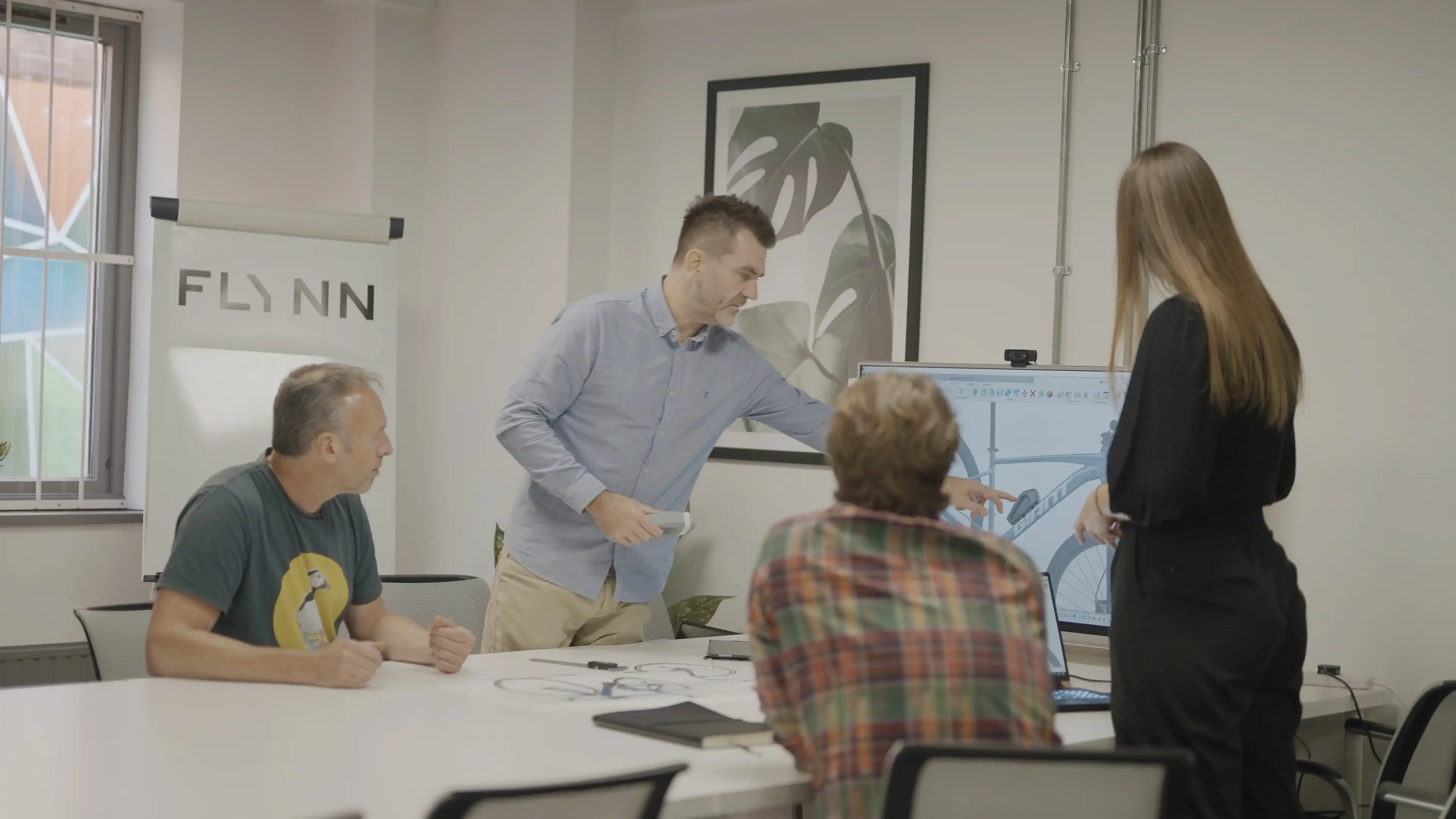Designing for Wearable Technology: Harmonizing the Product and User
Designing for Wearable Technology: Harmonizing the Product and User
In the age of innovation, technology is becoming an increasingly integrated part of our daily lives. Wearable technology, once limited to bulky and utilitarian devices, has now evolved into a fusion of fashion and functionality. Today, we explore the exciting world of wearable tech, where aesthetics meet innovation, and discuss some interesting examples that are trying to blend style with substance.
The Marriage of Fashion and Functionality
Wearable technology has transcended its initial purpose of merely tracking fitness and health metrics. It's now a space where fashion designers, product designers, and innovators collaborate to create pieces that not only serve a purpose but also look good doing it. The merging of fashion and functionality has given rise to a new category of consumer electronics that is both practical and stylish.
Fusing Aesthetics and Functionality:
When it comes to wearable technology, the paramount consideration lies in harmonizing aesthetics and function. The design process should place a premium on aesthetics, catering to diverse tastes and styles. The form factor of wearable tech should seamlessly align with the wearer's individuality and effortlessly blend into various scenarios—be it a professional boardroom meeting or an intense workout session.

Prioritizing Comfort and Wearability:
When looking to create effective wearable technology, the aspect of comfort is key. These devices are designed to accompany us throughout extended periods, making comfort an absolute priority. In this pursuit, designers must direct their focus towards ergonomic considerations, ensuring that wearables seamlessly integrate with the contours of our bodies. Furthermore, the choice of materials becomes crucial—not merely for style, but also for their skin-friendly attributes and lasting durability.A notable example of incorporating technology into wearable accessories while maintaining a certain level of style is Ringly. This brand offers smart rings and bracelets with semi-precious gemstones, linked to your smartphone via Bluetooth. Ringly differentiates itself by allowing customization of notifications, discreetly conveying calls, messages, or calendar events through vibrations or LED lights. This showcases how wearable technology can blend with personal style while adding to connectivity and convenience.

An example of interactive clothing comes from the joint effort of Levi's and Google, resulting in a denim jacket infused with Jacquard technology. This product suggests the possibility of everyday clothes becoming interactive and utilitarian while attempting to maintain comfort. The jacket offers a unique method of smartphone control: a touch on the fabric of the sleeve. This touch triggers responses in the fabric, enabling tasks like music playback, navigation, and call answering through gestures.The fusion of technology and clothing highlights the potential inherent in wearable tech. By effectively incorporating this technology into clothing, people can integrate this tech into their daily life through the simple act of wearing an item of clothing that they would already be wearing.
Intuitive User Interface and Seamless Interaction:
Navigating the interface of wearable devices presents a unique challenge due to their constrained screen space. It falls upon designers to craft user interfaces that effortlessly facilitate interaction, even within these limited dimensions.

Facilitating seamless interaction into wearable technology despite the small screen real estate is one of the main challenges faced when designing these products. As seen in Fitbit devices like the Fitbit Charge series, the hurdle of a small OLED display is approached with a mix of practicality and inventive design. Fitbit has integrated both tactile inputs, like buttons, and intuitive swiping gestures, allowing users to access a diverse range of health-related data, covering steps taken, heart rate measurements, sleep patterns, and notifications.A truly user-friendly interface plays a pivotal role in the success of wearable tech products, ensuring they effectively enhance and assist users in their daily routines, while avoiding the pitfalls of complicated and unreliable user interactions that can lead to frustration or inconvenience. As can be seen with Fitbit, a good balance of usability, features and screen size can result in widespread adoption, with users integrating them into their lifestyle, wearing these devices even during sleep.
Effortless Incorporation into Daily Life:
The core of wearable technology is its ability to seamlessly integrate with daily life. This necessitates designing devices that transition between activities smoothly, delivering a unified user experience from morning till night.

Apple, known for its strong focus on minimalistic design, partnered with the luxury brand Hermès to create a line of Apple Watches that emphasize sophistication. These watches feature high end leather bands in various colours and styles, designed to match the Apple Watch face. In addition to telling time, they offer health monitoring and communication capabilities, aiming to serve as both practical tools and fashion choices.
This combination of aesthetics and technology seems to resonate with the broader purpose of wearable technology, aiming to become an unobtrusive part of daily routines while also adding a touch of personal style and utility.
Innovative Trends in Wearable Tech Design:
The industry of wearable technology is constantly evolving, and designers are embracing innovative trends to create the next generation of stylish and functional wearables.
As wearable devices continue to evolve; a prevailing trend emerges—customization. This trend allows customers to create personalized accessories that better fit into their personal style through a vast range of options, including interchangeable bands, distinctive watch faces, and a spectrum of colour choices.

Product designers are becoming more and more conscious of sustainability in their designs, and this is no different in the space of wearable tech. Designers are always looking to innovate sustainably, investigating eco-friendly materials, the integration of recycled components, and the incorporation of energy-efficient technologies. These endeavours collectively aim to cut the ecological footprint of wearables, showcasing a steadfast commitment to environmental stewardship.

In an attempt to bring wearable tech into the hands of fashion-conscious customers, designers are forging partnerships with esteemed fashion houses and renowned brands. This collaboration bears fruit in the form of limited-edition wearables tailored to distinct fashion niches. The outcome is a fusion of industries that not only enhances the appeal of wearable tech but also creates a sophisticated niche in the world of style.

Designing for wearable technology is a delicate dance between fashion and functionality. As we embrace the technological advancements in this space, designers must continue to prioritize aesthetics, comfort, and user experience to create wearables that seamlessly integrate into our lives and empower us with both style and practicality. With the fusion of innovative design and cutting-edge technology, wearable tech will continue to evolve, becoming an indispensable part of our fashion-forward, tech-savvy world. As product designers, the future lies in our hands to shape the next wave of wearable technology that marries fashion and functionality with finesse.
We provide businesses with product design consultancy, industrial design, prototype design & related services.
.avif)


